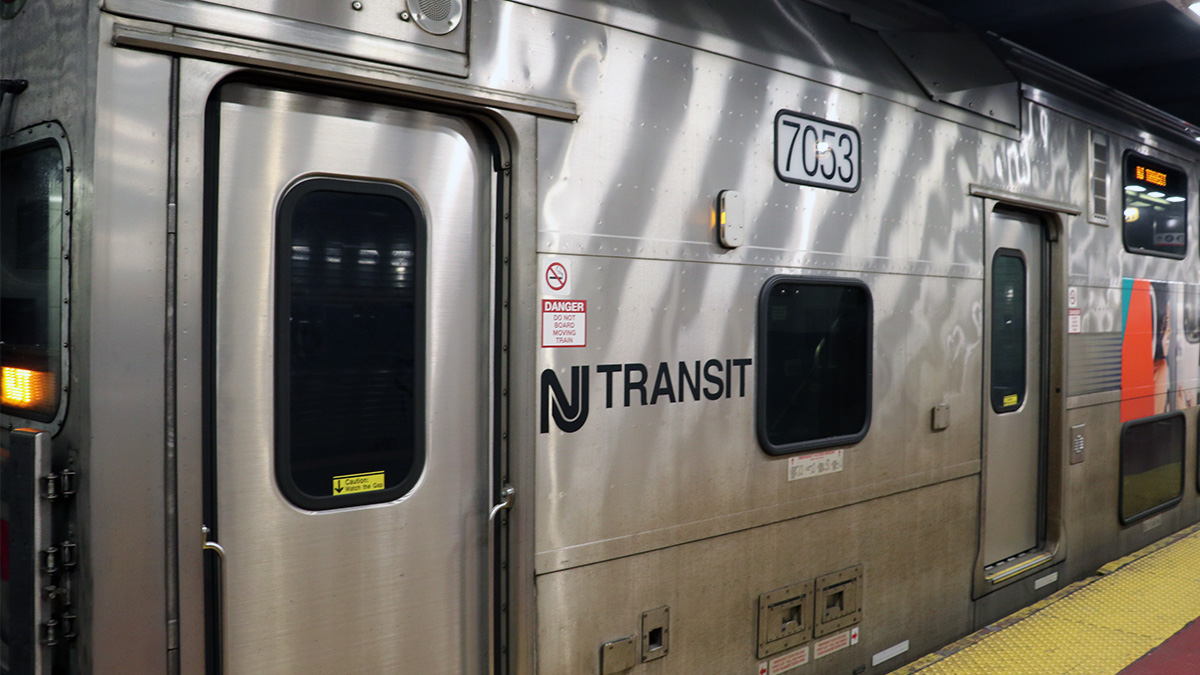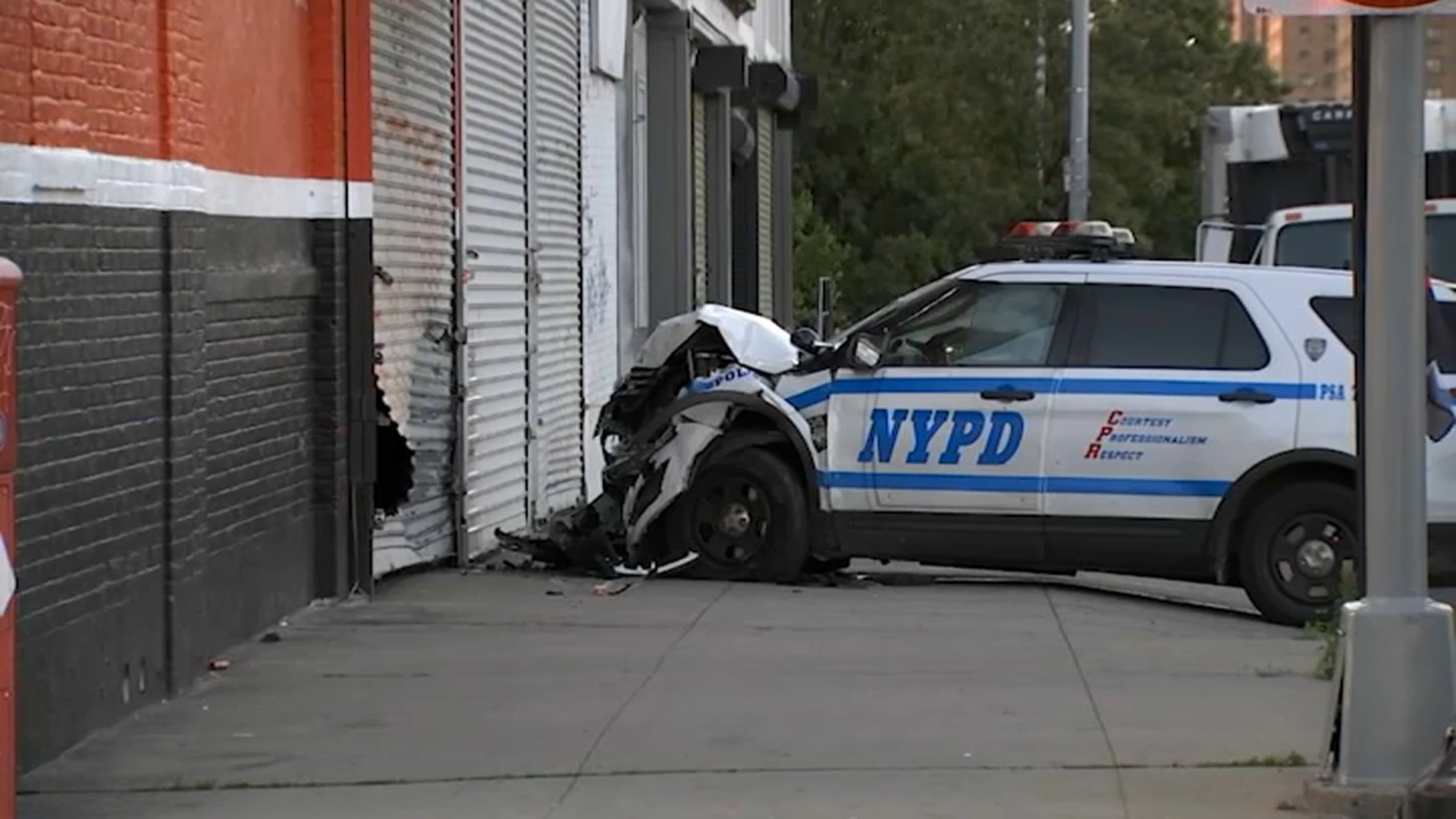What to Know
- There has been an increase in the number of life-threatening medical emergency calls citywide over the last two years, according to FDNY Local 2507 -- a time that saw no increase in the EMS budget, but rather a reduction in the ambulance fleet.
- "While 911 switchboards were ringing off the hook with critical civilian medical emergencies, the FDNY’s ambulance fleet available to patrol city streets shrunk by 11 percent. EMS budgets also saw no increase in the city’s 2024 fiscal year, despite a budget increase in the Fire Department as a whole," the FDNY Local 2507 said.
- According to the union, the lack of a budget increase and a shrinking fleet could explain why the average response time has increased by more than one minute in the last two years.
The FDNY EMS union is sounding the alarm.
There has been an increase in the number of life-threatening medical emergency calls citywide over the last two years, according to FDNY Local 2507 -- a time that saw no increase in the EMS budget, but rather a reduction in the ambulance fleet.
"While 911 switchboards were ringing off the hook with critical civilian medical emergencies, the FDNY’s ambulance fleet available to patrol city streets shrunk by 11 percent. EMS budgets also saw no increase in the city’s 2024 fiscal year, despite a budget increase in the Fire Department as a whole," the FDNY Local 2507 said.
According to the union, the lack of a budget increase and a shrinking fleet could explain why the average response time has increased by more than one minute in the last two years.
Union statistics reveal that New York City EMS personnel responded to 611,443 so-called Segment 1-3 calls, an 8.33% increase over 2022. This code relates to life-threatening medical emergencies, including choking, cardiac arrest, stroke, gunshot wounds, and other severely traumatic situations. Basic Life Support (BLS) ambulances staffed with EMTs respond to Segment 4-8 calls.
Get Tri-state area news and weather forecasts to your inbox. Sign up for NBC New York newsletters.
Union statistics list Brooklyn as having the highest increase in these types of medical emergencies over the past two years with 15.7%, followed by the Bronx with 15.3%. Manhattan saw an increase of 12.7%, meanwhile, Queens saw a 10.7% rise and Staten Island saw an 8% increase.
News
EMS has seen civilian medical emergency response consistently increase each year since the department merged with the FDNY. Since 2003, FDNY EMS has responded to 28,109,321 medical emergencies -- making it the busiest medical first responder agency worldwide. The agency also recorded its busiest year in history in 2023, according to the union. The city’s Emergency Medical Technicians and Paramedics responded to 1,619,863 total medical emergencies last year -- up 2.5% from 2022 and 8.2% from 2021.
Local 2507 President Oren Barzilay called on the city to provide more funding so workers can better respond to New Yorker's needs, and he also noted that EMS personnel are some of the lowest-paid city employees.
“Spending on EMS has been flat for years, including poverty wages, coupled with a lack of resources that has had a notable, detrimental effect on our members,” Barzilay said in a news release.
Starting salary for an EMS trainer is $36,330, according to the FDNY's website. After 1 year, the trainee can earn up to $47,828. A paramedic's starting salary is between $53,891 and $60,796.
“New York’s street doctors work miracles, protect lives, but exist on poverty wages of only $18.94 hour, a wage that is cruel and inequitable for these skilled medical professionals,” Barzilay added. “It explains why job turnover surpasses 50 percent after five years on the job.”



